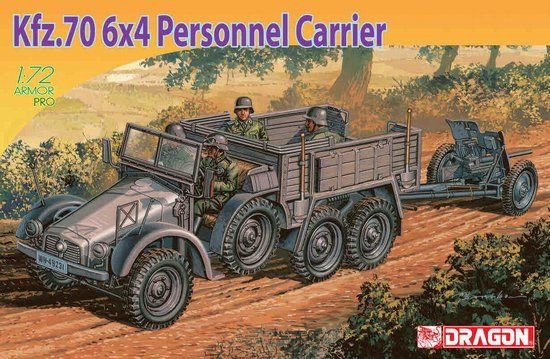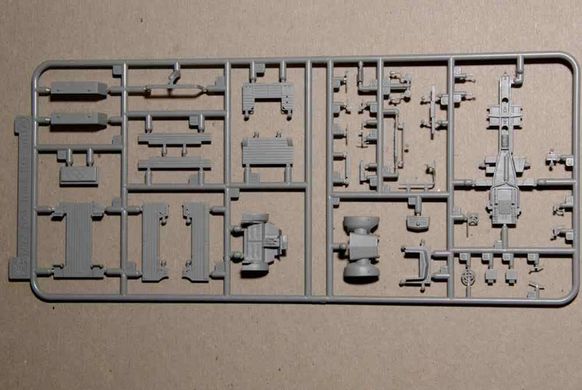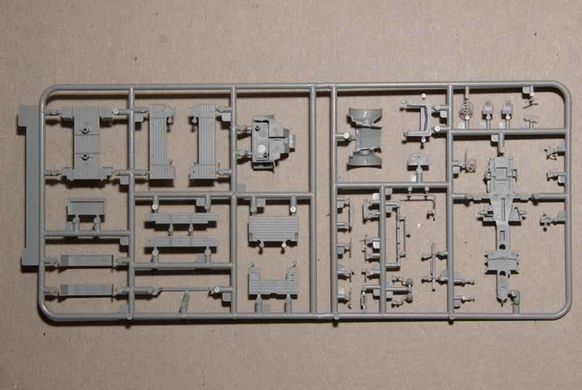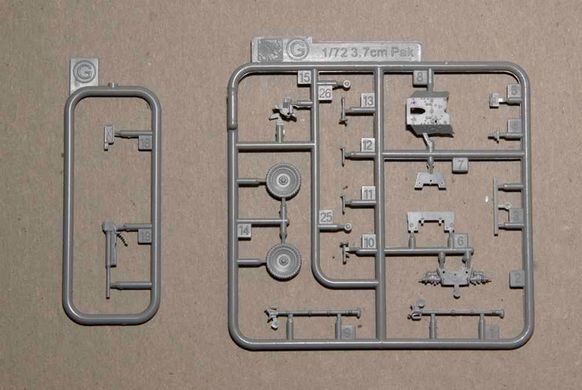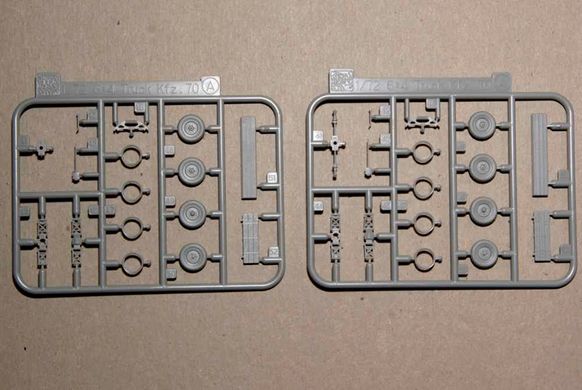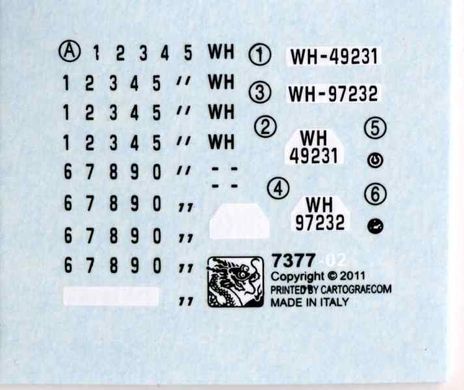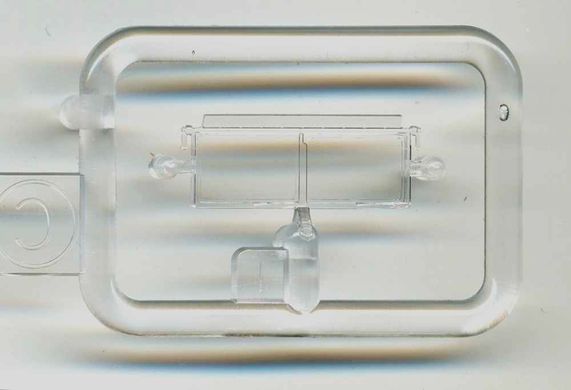Krupp Protze (official designation: L2H43 or L2H143) is a German light truck of the Second World War. The first prototypes of the car were created in the early 1930s, and serial production continued in 1934-1941, ending with the release of about 7,000 cars of this type. The L2H143 version was equipped with a Krupp M 304 engine with a capacity of 60 horsepower. Machines of this type did not have permanent armament. The Krupp Protze car was created in connection with the intensive motorization and mechanization of the German armed forces after the Nazis came to power in 1933. During serial production, two main versions of the car were created. The first was designated L2H43 and was equipped with a 55 hp engine. and began to be produced in 1934. However, very quickly, already in 1936, it was replaced by the L2H143 version, which was equipped with a 60 hp engine. and increased rear wheelbase. Regardless of the version, the Krupp Protze was characterized by high mechanical reliability, good cross-country ability and good traction. The disadvantages were high fuel consumption, greater than that of the Opel Blitz, and the need for careful maintenance. They were often used as artillery tractors for PaK 36 guns (Kfz.69 version) or as 20 mm anti-aircraft guns (Kfz. 81 version). Krupp Protze machines saw service throughout World War II, particularly during the September Campaign (1939), the French Campaign (1940), North Africa (1941-1943) and the Eastern Front (1941-1945). The 3.7 cm PaK 36 (Panzerabwehrkanone 36) is a German 37 mm anti-tank gun. Developed in the 1920s by the Rheinmetall concern, it entered service in 1928. In 1936, it received the designation Pak 35/36. Under the designation 3.7 cm KwK 36 L45, it was installed on Pz.Kpfw III Ausf tanks. AG. At the time of entry into the German army, it was a very modern weapon. However, over the years, its quality and effectiveness against new tanks has declined. The gun proved weak during the September campaign, and during the "Blitz" in the West in 1940, it was completely useless against many Allied tanks. For this reason, he received the disappointing nickname "door knocker". However, he survived in the German army until Operation Barbarossa and fought against the T-34 and KW-1, showing his complete uselessness.















